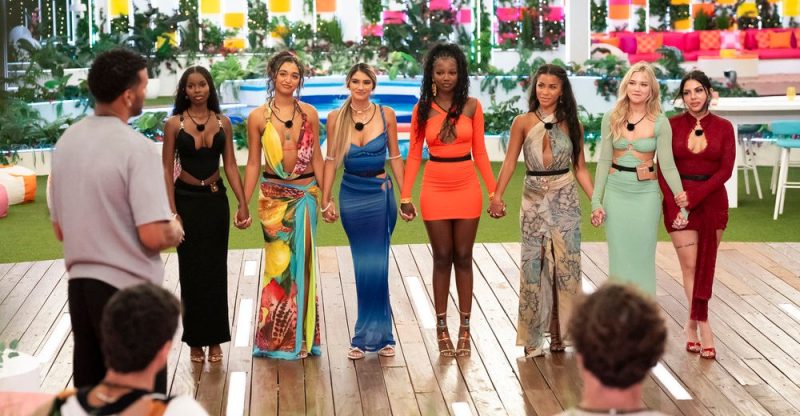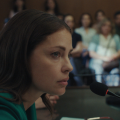
Love Island USA contestant Vanna Einerson’s recent appearance sparked a social media frenzy. Many criticized her perceived overuse of facial fillers, leading to a viral wave of commentary dissecting her look and even questioning her age. Vanna later attributed her swollen appearance to an allergic reaction, but the damage was done. She became a cautionary tale, highlighting the complexities of cosmetic procedures and societal perceptions of beauty.
However, this intense negative reaction feels contradictory in a culture seemingly obsessed with cosmetic enhancements. TikTok, for example, regularly showcases viral trends promoting specific cosmetic surgery results, like “Barbie noses” and “fox eyes.” Simultaneously, celebrities like Kris Jenner receive widespread praise for their seemingly flawless and youthful appearances, often attributed to successful cosmetic procedures. This highlights a double standard: While impressive results are celebrated, less-than-perfect outcomes are met with harsh judgment.
This double standard isn’t new. For decades, the media has sensationalized celebrities’ cosmetic procedures, focusing primarily on perceived “failures.” Reality TV shows, from early 2000s makeovers to current dating shows, often use cosmetic procedures as a source of entertainment and commentary. The discussion around cosmetic surgery has always been fraught with speculation and judgment.
But the landscape is changing. Cosmetic procedures are increasingly common and accessible, shifting the conversation from a niche concern to a widespread cultural phenomenon. A 2023 RealSelf Culture Report revealed that nearly a quarter of Americans have undergone some form of cosmetic work. This normalization is reflected in the growing demand for minimally invasive procedures like Botox and fillers, which now outnumber surgical procedures.
Plastic surgeons are noticing this shift, with many reporting an increase in patients seeking natural-looking enhancements with quick results. They attribute this trend to a broader societal focus on self-improvement and wellness, placing cosmetic procedures on par with other self-care practices. However, this increased accessibility also brings concerns. The CDC reported cases of illness resulting from counterfeit Botox, and the FDA warned against unapproved injectables sold directly to consumers.
The internet’s focus, though, remains heavily on aesthetic outcomes. Online, one of the worst offenses a woman can commit seems to be spending money on procedures that result in an undesirable appearance. This mirrors the criticism leveled at celebrities and influencers who have lost significant weight using medications like Ozempic.
Beauty critic Jessica DeFino explains this judgment as a reflection of societal ideals. She argues that our assessment of beauty is intertwined with our perception of naturalness, often associating obvious cosmetic work with dishonesty and moral inferiority. A “good woman” with “good work,” DeFino suggests, conceals her efforts to achieve an ideal, while a “bad woman” with “bad work” exposes the artifice involved.
This moral judgment is evident in the online reaction to Vanna and other reality TV contestants, as well as average individuals sharing their cosmetic surgery experiences. The criticism often focuses on the perceived flaws in the outcome, rather than addressing broader issues within beauty standards and the pressure women face to conform to unrealistic ideals. DeFino advocates for shifting the focus from the results of cosmetic procedures to the systemic pressures that encourage women to invest so much time, money, and effort into achieving often impossible standards of beauty.
Ultimately, the internet’s reaction to cosmetic procedures reveals a complex interplay of societal expectations, personal choices, and the ever-evolving landscape of beauty standards. While the focus often lands on individual outcomes, the deeper issue lies in the pressures that drive the demand in the first place.









